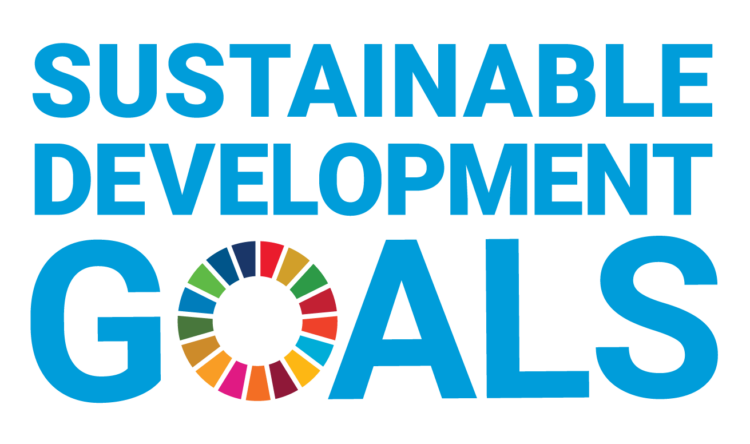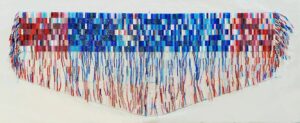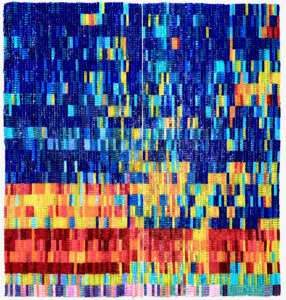
Erica Lord
Santa Fe, New Mexico
Erica Lord received the Creative Capital Award in 2024. Erica Lord is an interdisciplinary artist who explores concepts and issues that exist within a contemporary Indigenous experience and how culture and identity are affected in a rapidly changing world. Lord draws on her experience of growing up between Alaska and Upper Michigan and her mixed-race cultural identity drawn from her Athabaskan, Iñupiat, Finnish, Swedish, Japanese, and English descent. In order to address a multiple or mixed identity, Lord uses a variety of mediums to construct new, ambiguous, or challenging representations of race and culture. Lord received her Bachelor of Arts from Carleton College and a Master of Fine Arts at The School of the Art Institute of Chicago. Lord has exhibited nationally and internationally, including at the Museum of Contemporary Native Arts in Santa Fe; the Musée du Quai Branley, Paris; the National Gallery of Canada, the Smithsonian Institution’s National Museum of the American Indian and the Smithsonian American Art Museum, Renwick Gallery. Currently, Lord lives in Santa Fe, NM, where she continues her art practice and teaches at the Institute of American Indian Arts.






The Codes We Carry: Beads as DNA Data
Erica Lord is an interdisciplinary artist who explores concepts and issues that exist within a contemporary Indigenous experience.
Artist BioThe Codes We Carry: Beads as DNA Data is a series of large-scale beaded sculptures that incorporate computer-produced genetic data patterns, or DNA/RNA microarrays, from diseases disproportionately affecting Indigenous communities, and transforms them into loom-woven glass bead burden straps as an act of data sovereignty. Combining these culturally relevant Indigenous art forms and beading techniques with DNA analysis raises awareness of the institutionalized health disparities that exist for Native people.
DNA microarray assays produce color-coded data in a pixel-like format. The data is replicated using 4mm cube-shaped glass beads precisely loom-woven, with each glass bead representing a data point. Scientific conventions used to organize the data correspond well with the dimensions of Alaskan Athabaskan baby belts or burden straps. This customary historical tool from Lord’s culture are an ancient technology, allowing a person to carry heavy items on their back, hands free. There are plain utilitarian straps, but highly embellished ones are created to carry infants. The baby belts represent interpersonal ties and the commitments in community. Transforming genetic data into a culturally significant form returns this DNA data to the community and makes it tangible and accessible to the marginalized populations it represents.
This project will produce six DNA burden belts, each approximately 5-7’ long, 8-24” tall. Each belt will replicate the pattern of particular diseases that most affect Indigenous populations, such as Diabetes, Smallpox, or Covid-19. After the belts are completed, they will be photographed at high resolution and printed at large scale, with the minuscule surface imperfections of the glass beads, effectively “un-pixelating” the data.






